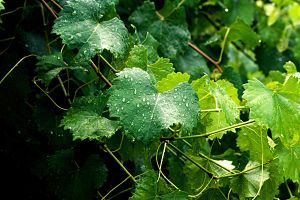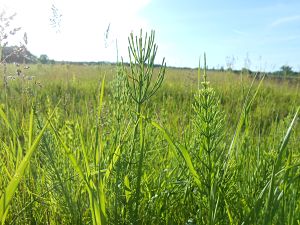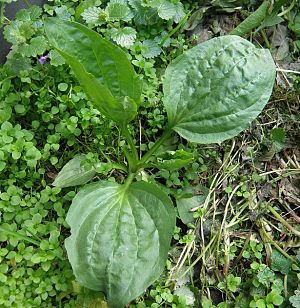Colley is the owner of Aboriginal Eco Tours and says that his mission is for participants to develop relationships with the land that will last for generations. He says that there are so many lessons we can learn from our natural environment, and that there’s even more to uncover if we become more engaged. He says, “…we are interwoven with everything around us and we can develop a better relationship the more we connect”. LEAF staff first met Colley at the Toronto Botanical Garden’s Urban Ravine Symposium last year, where he led tours that showed a deep connection to the land. We were excited to learn more about our surrounding environment from his holistic and respectful perspective.
During our hour-long tour, we learned first-hand all that the urban forest could provide for us! We took refuge from the sun in the shade of the many tall trees, and we took shelter from the loud street noises in the sound-buffered green valley. Of course, we heard many birds and buzzing bees enjoying the surroundings as well. The most exciting part for me, however, was learning all the different ways in which the plants we passed could be used! Here are some that stood out:
Wild Grape Vine

This plant, in the Vitis genus, grows in Ontario as well as other places in North America. It thrives in low, wooded valleys and does best in damp conditions and warmer temperatures. We each tore a piece of wild grape vine leaf on our tour and tried it—it was delicious! It has a tangy citrus flavor that can liven up any salad or summer drink!
Horsetail

A member of the genus Equisetum, horsetail is high in silica, which is why it has traditionally been used to promote hair and nail growth. Silica is also very tough, giving this plant a second life as a cleaning tool for scrubbing pots and pans. We munched on horsetail fronds during our tour, and while they didn’t have a strong taste, it would be easy to eat a little bit each day for the medicinal benefits.
Plantain Leaf

Growing all along the Humber River path, the broadleaf plantain of the Plantago genus is low-lying and unassuming. But as it turns out, it’s got magic in its leaves! It is widely recognized for its soothing properties, which can help relieve the pain of bites and cuts. All you have to do is pluck a leaf, slice open the delicate veins on the back, chew lightly and place the leaf on the affected area. While we were walking, a mosquito bit me, so I decided to test out the plantain leaf! Turns out, the broadleaf plantain is a great soother!
I would definitely seek out these species to use as a natural remedy next time I get bitten or as a delicious, fresh addition to any meal. Be sure to consult an expert before eating any local plants, however, as we also came across many plants on our walk that could make you seriously ill! Talk to a local garden store, check out our edible garden kits or book your own Aboriginal Eco Tour to learn how you can best interact with a variety of species!
Rachel is the Education and Marketing Assistant at LEAF.
